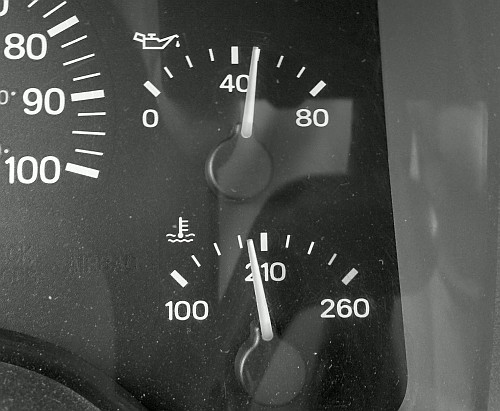luketrash
NAXJA Forum User
- Location
- Ames, Iowa
Do they make those vinyl radiator covers you see semi trucks running in the winter for the XJ?
If not, what are some suggestions for ways to block the wind from the radiator. My heater core 'works' but my cabin doesn't get very warm at all on days like today where it's -9F. And my defrosters aren't working at all to remove the frost from the inside of my window.
I need something to get the temperature up in the cabin.
The engine temp is fine. I put a 180F thermostat in there in October and it warms up and operates in a reasonable timeframe. I'd just like it to get even warmer quicker.
I noticed there aren't vents on the passenger side for defrosting either. Any tips for getting the passenger side to not fog over?
If not, what are some suggestions for ways to block the wind from the radiator. My heater core 'works' but my cabin doesn't get very warm at all on days like today where it's -9F. And my defrosters aren't working at all to remove the frost from the inside of my window.
I need something to get the temperature up in the cabin.
The engine temp is fine. I put a 180F thermostat in there in October and it warms up and operates in a reasonable timeframe. I'd just like it to get even warmer quicker.
I noticed there aren't vents on the passenger side for defrosting either. Any tips for getting the passenger side to not fog over?

